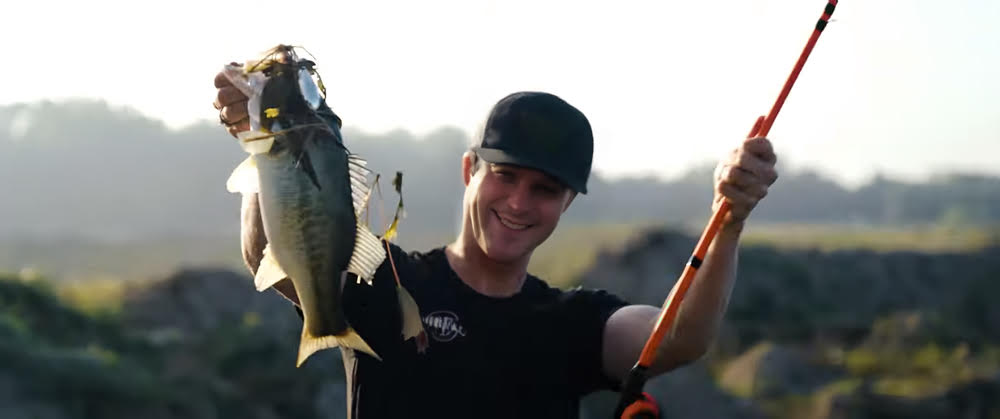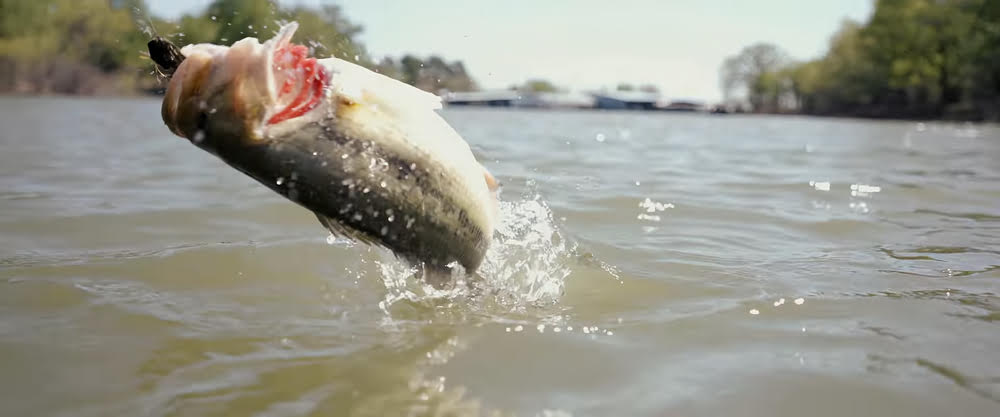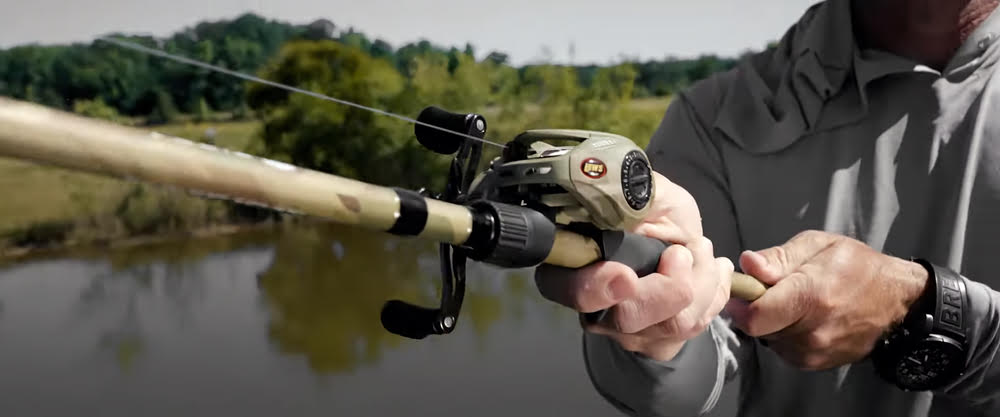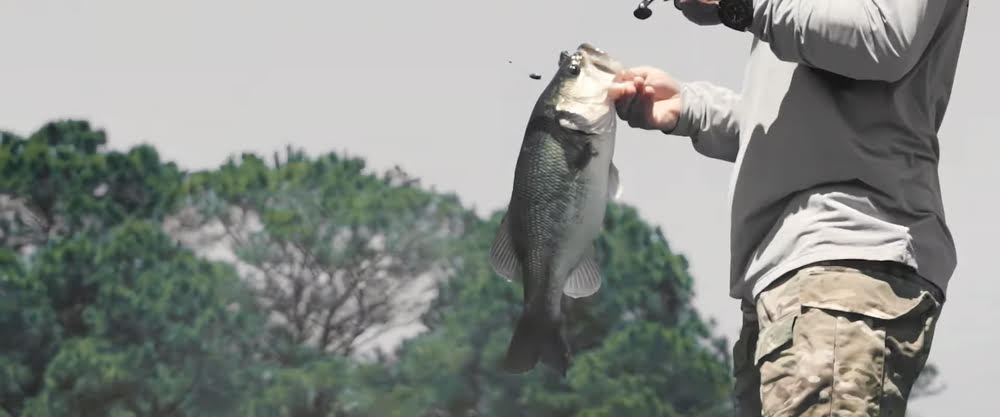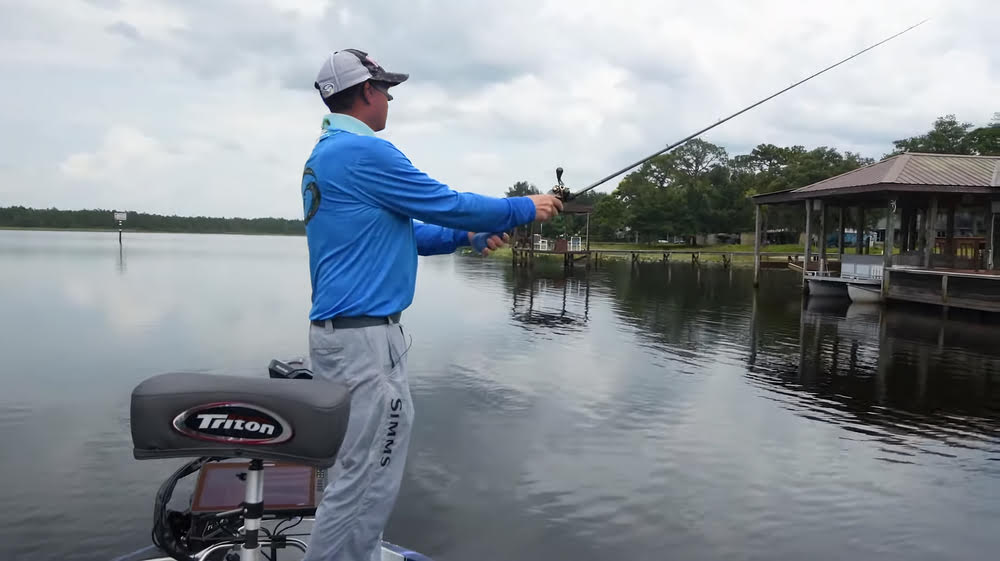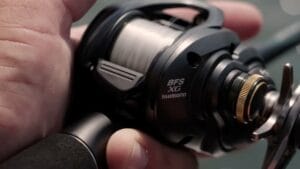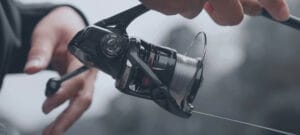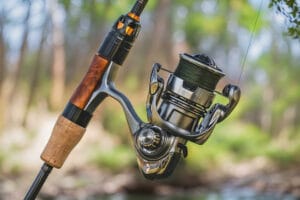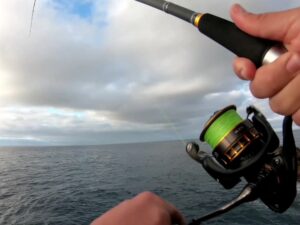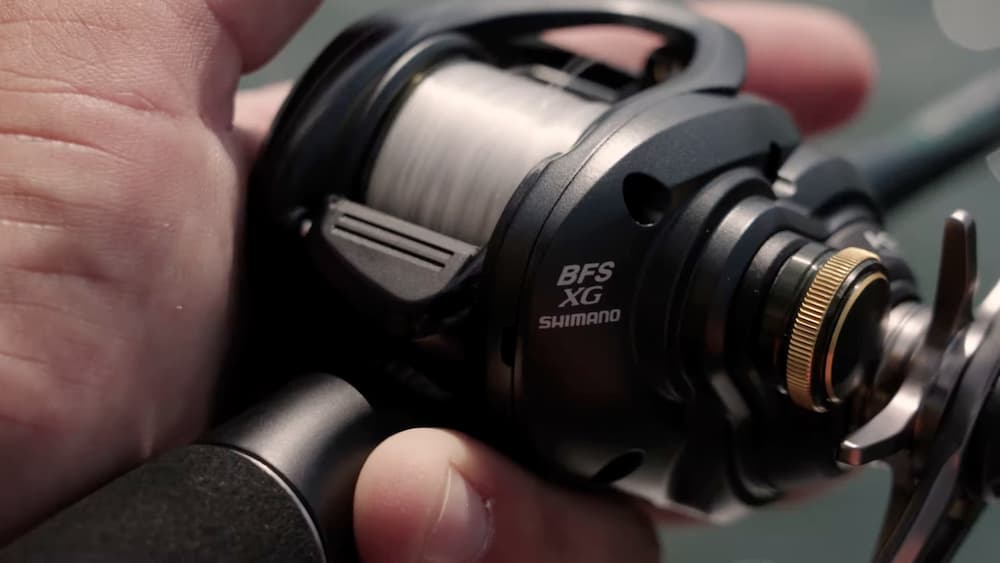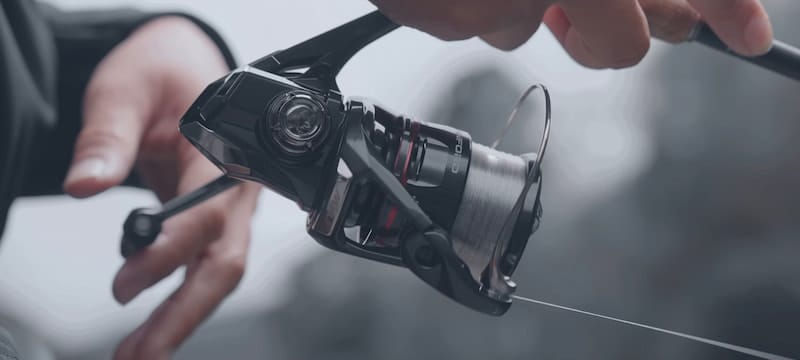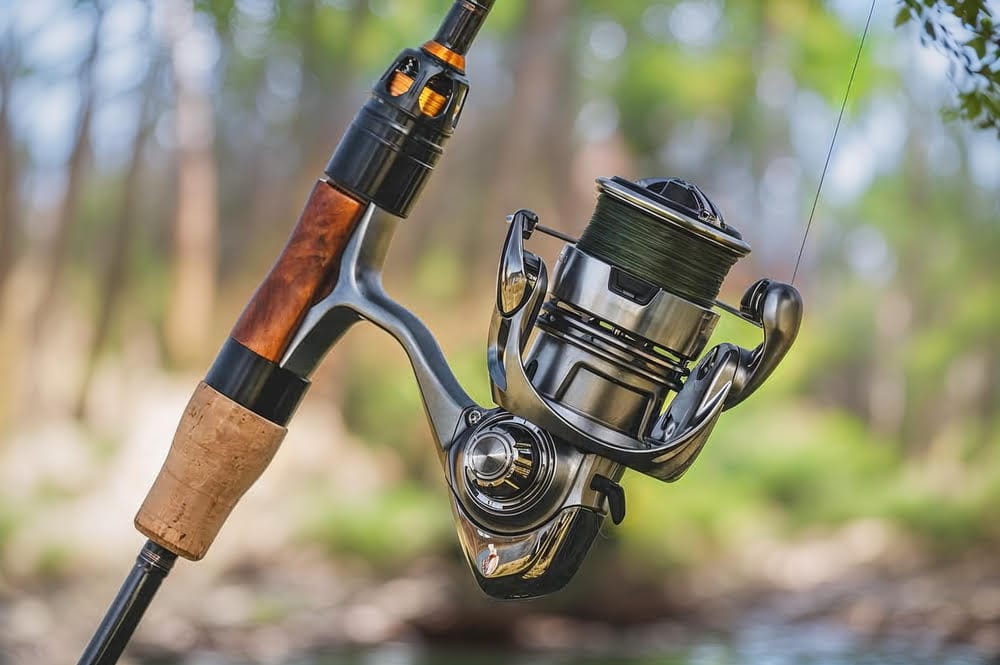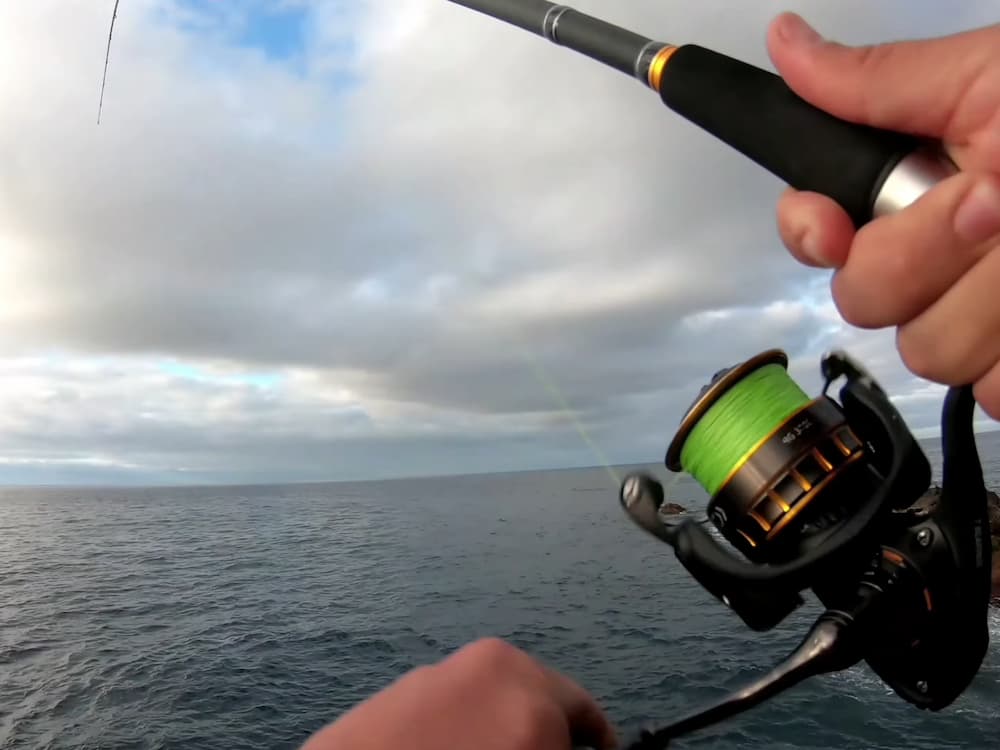Before hitting the lake, it’s vital to comprehend the intricacies of cold fronts and their impact on bass fishing. Cold fronts transpire when a mass of cold air supplants warm air, creating a multitude of effects. These include temperature drops, wind direction shifts, and alterations in cloud cover. Occurring every two to three weeks in the United States, cold fronts significantly affect bass fishing by altering fish behavior and feeding patterns.
Cold Front Basics
Cold fronts are no strangers to seasoned anglers who have likely experienced sudden weather changes, vanishing clouds, and gusty winds. As the front passes, temperatures plunge, pushing fish away from the bank, only for the cold front to roll through again and bring them back.
Bear in mind that cold fronts impact lakes and regions differently, so some bass may be more affected than others. Monitoring local weather forecasts and lake conditions is essential for understanding fish behavior.
Weather Conditions Affecting Bass
Weather conditions during storms or cold fronts transform bass behavior, making it crucial to understand these changes for successful fishing. Pre-frontal and post-frontal conditions bring myriad changes, altering how bass relate to cover, their positioning, lure selection, retrieval techniques, and more.
Pre-frontal conditions often see bass becoming more aggressive and moving to shallower water to feed, anticipating the impending weather change. Conversely, post-frontal conditions may find them more lethargic, seeking deeper water and stable conditions. Adjusting techniques and lures may be necessary to entice them to bite.
Water Temperature Fluctuations
Cold fronts cause water temperatures to fluctuate, significantly impacting bass behavior. As cold-blooded creatures, bass metabolism and activity levels are directly influenced by water temperature. Dropping temperatures result in more lethargic bass seeking deeper water to conserve energy.
Monitoring water temperature before and during cold fronts is crucial for understanding fish behavior and determining whether adjustments to fishing techniques and lures are necessary.
Fishing in Pre-Frontal Conditions
Fishing in pre-front conditions requires seeking areas where aggressive, shallow-dwelling bass are likely to feed. This might include shallow flats, weed beds, or areas teeming with baitfish. Lures that emulate baitfish, such as crankbaits, spinnerbaits, or jerkbaits, are ideal.
Varying retrieval speeds and techniques is essential to determine fish responses. Faster retrieves might entice more aggressive fish, while slower ones may interest lethargic fish.
Fishing During a Cold Front
Cold fronts can usher in heavy rain, thunderstorms, and lightning, necessitating seeking shelter under boat docks. If the weather is less severe, fishing can still be fruitful. The passing front will drop air temperatures, shift wind directions, dissipate cloud cover, clear skies, and push bass into deeper water. Lethargic and less willing to bite, bass may require adjustments to techniques and lures, such as slower retrieves, smaller lures, or live bait.
Adapting to Post-Frontal Conditions
Post-frontal conditions often find bass seeking refuge in deeper water or tighter cover, like submerged trees, rock piles, or docks. Successful fishing during this time entails adjusting the approach, using slower and more subtle presentations. Finesse worms, jigs, or drop-shot rigs can be effective techniques. Be prepared to experiment with various lures, colors, and presentations to determine what the fish respond to in these challenging conditions.

